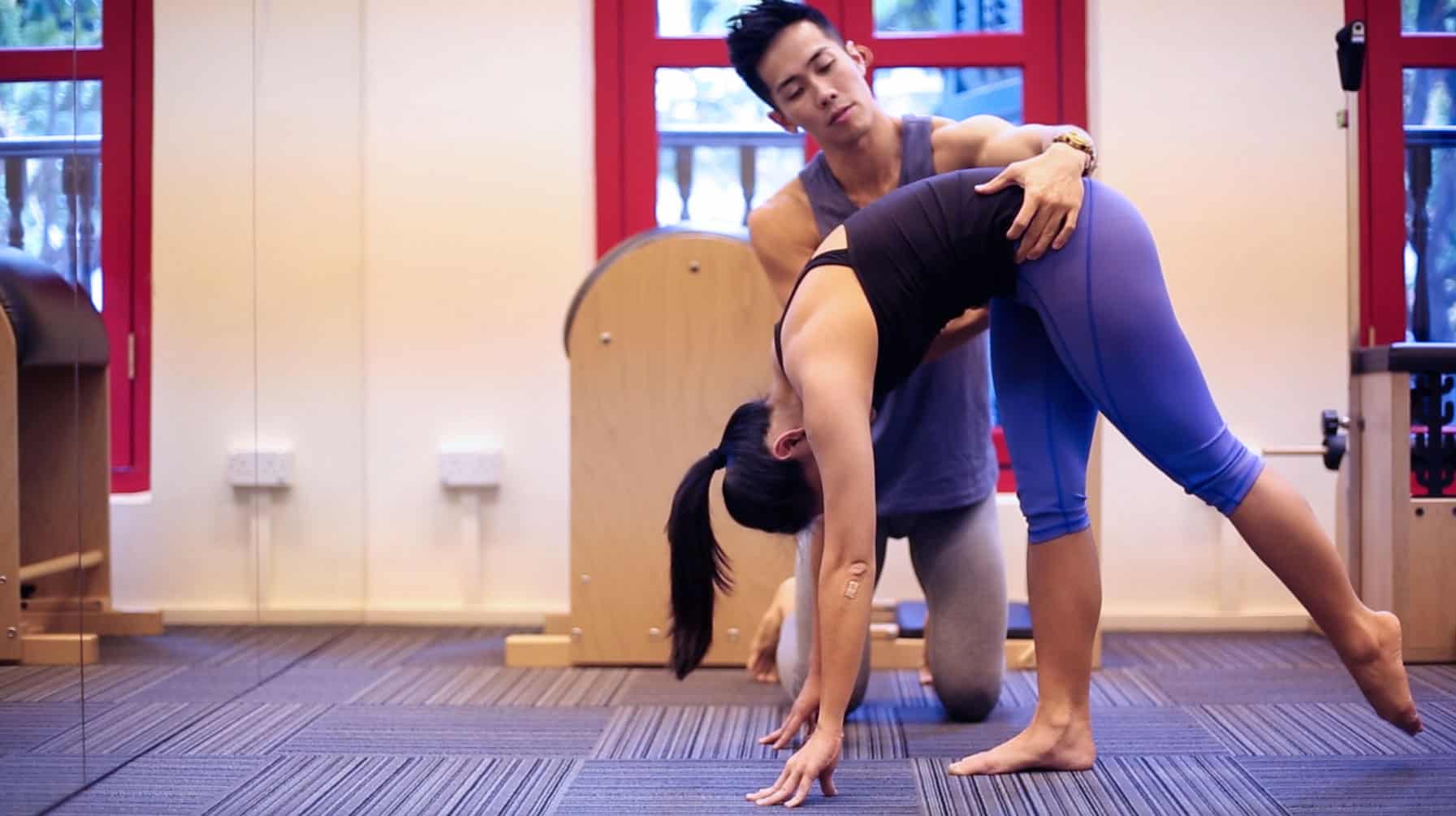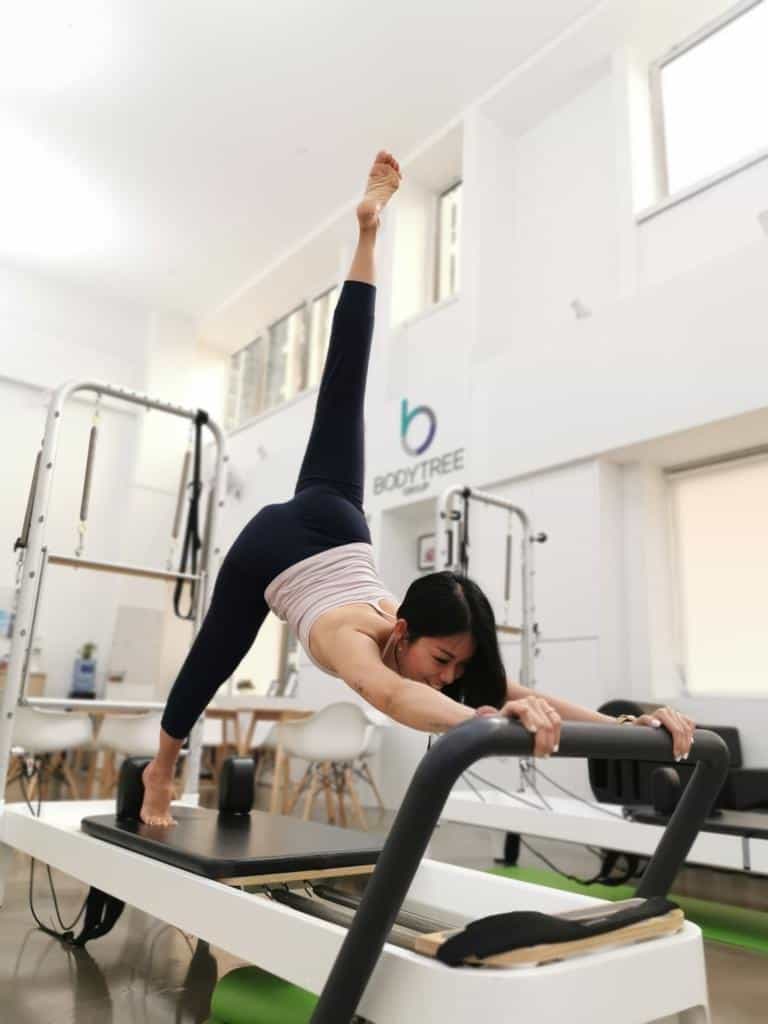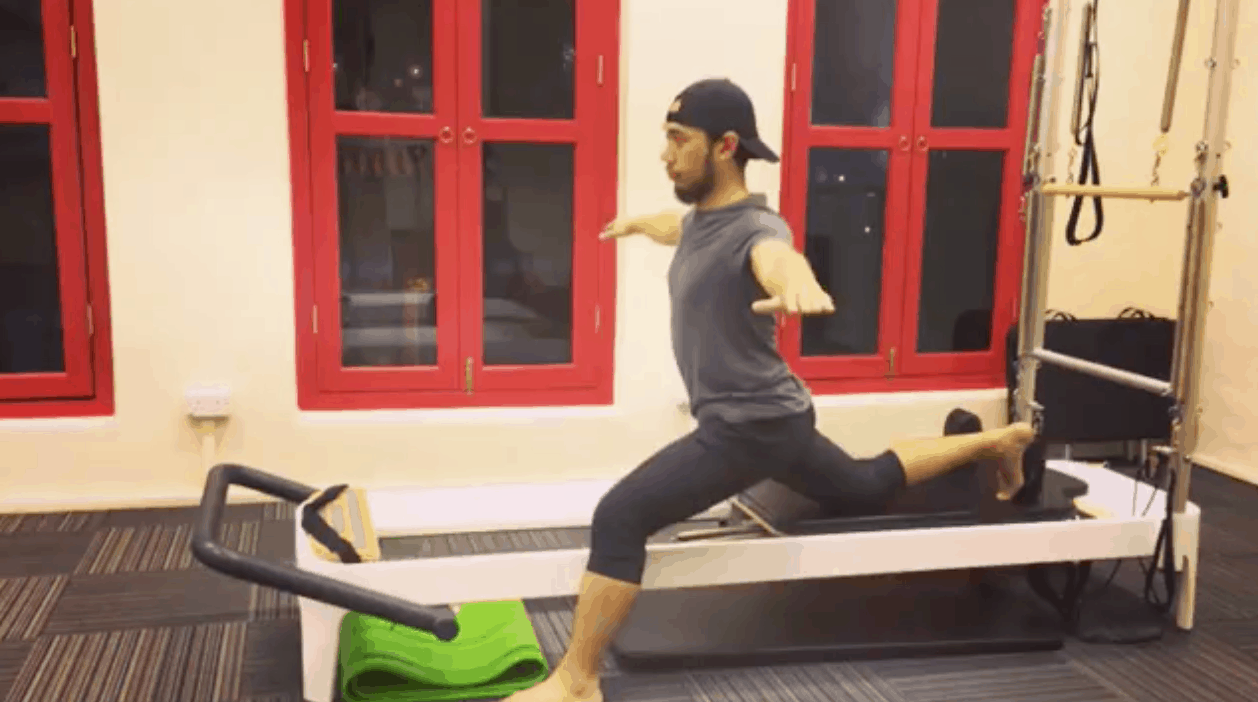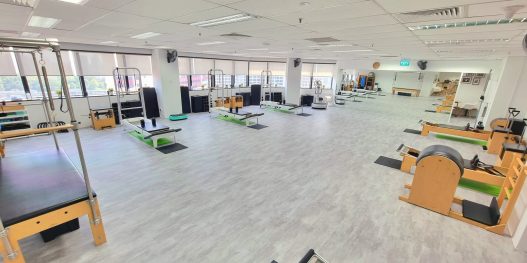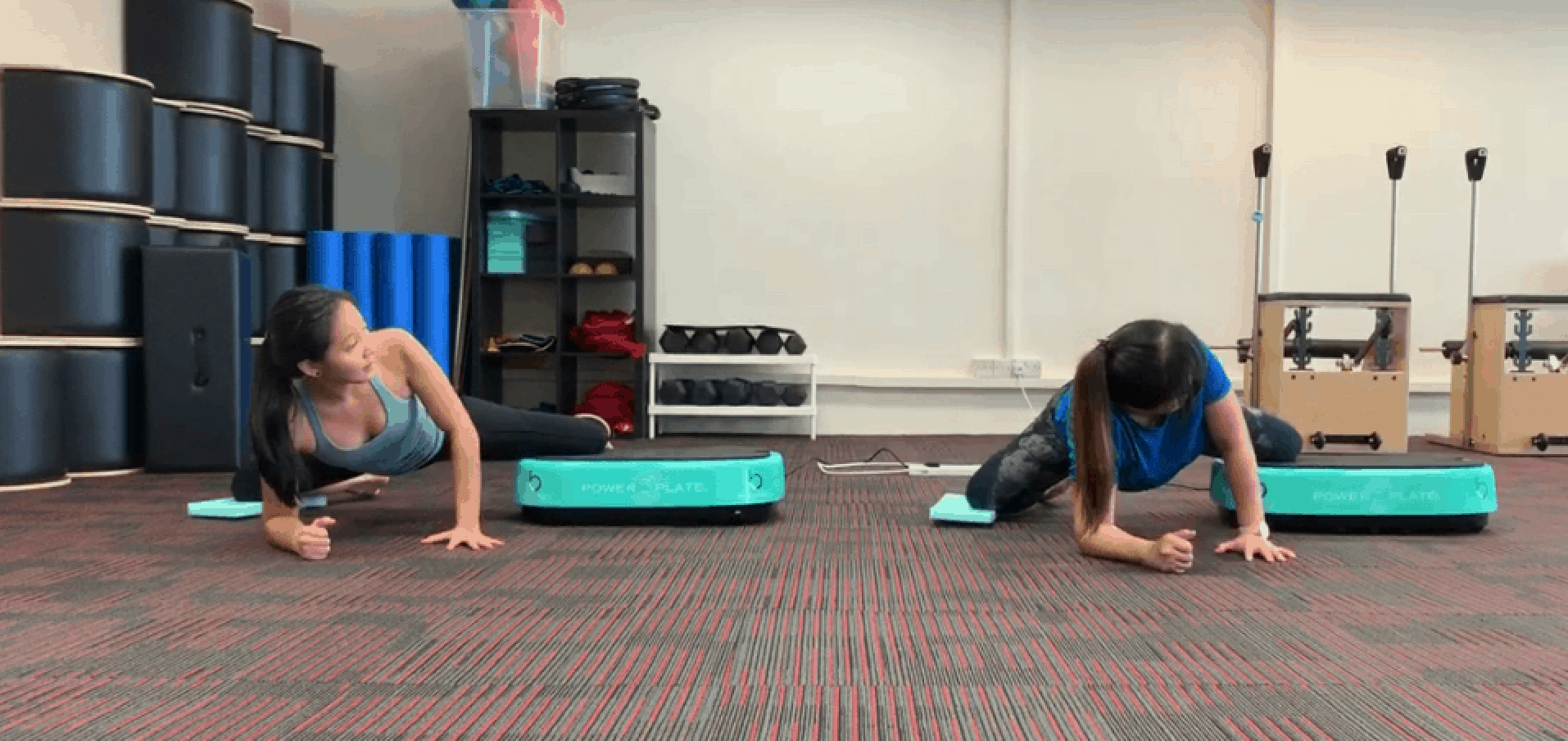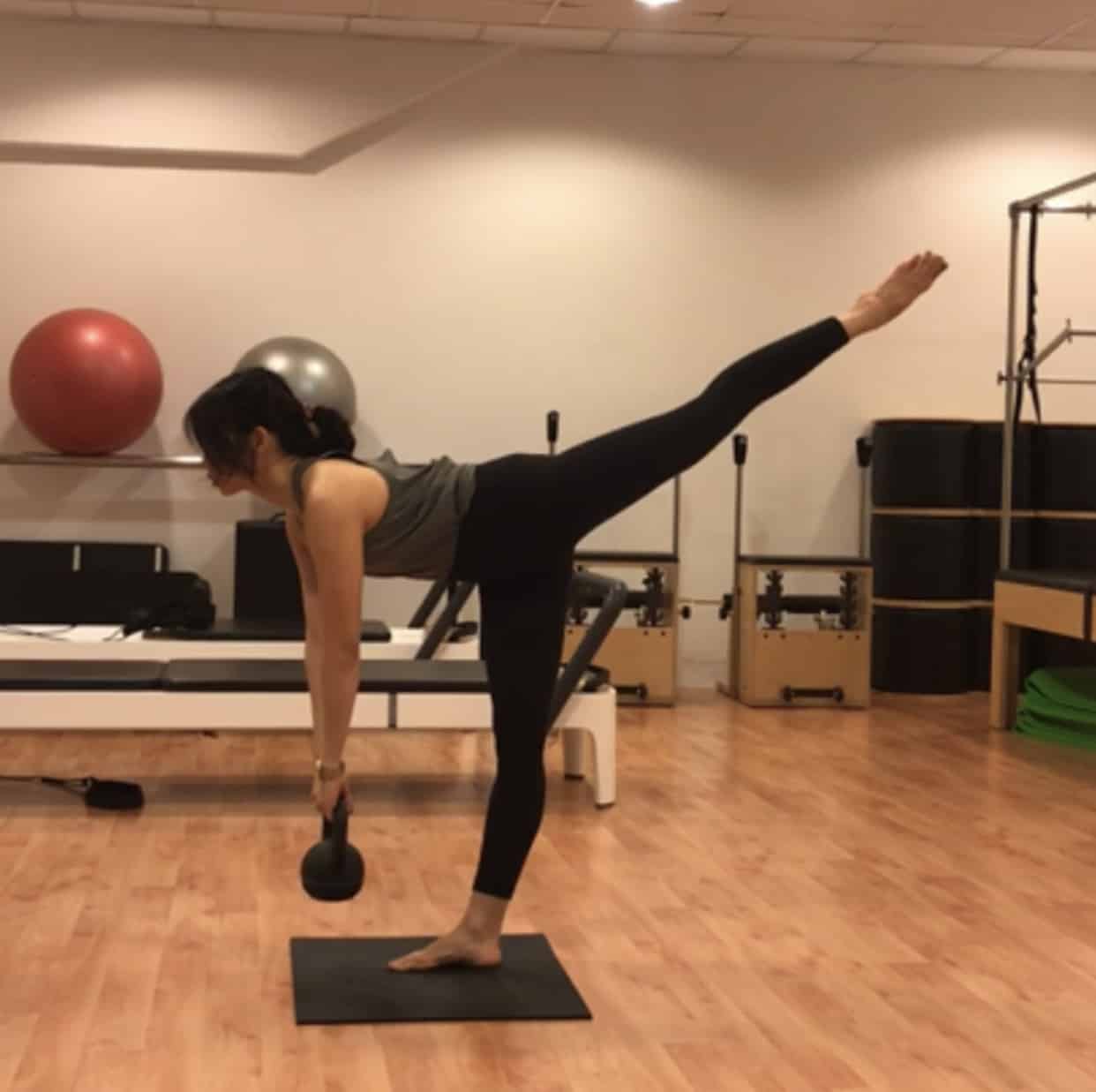In today’s world, the prevalent use of computers has spawned a new term – Computer-induced medical problems! Problems a computer user can develop due to prolonged and incorrect computer use.
 Recently I have been taking the train (MRT) to work on a regular basis. The computer device – laptop, desktops, iPads, phones – is such a necessity. Practically every commuter (not counting babies) has a device in their hands or handbags. What is most interesting (and worrisome) is most commuters are busy looking at their computer devices throughout the journey!
Recently I have been taking the train (MRT) to work on a regular basis. The computer device – laptop, desktops, iPads, phones – is such a necessity. Practically every commuter (not counting babies) has a device in their hands or handbags. What is most interesting (and worrisome) is most commuters are busy looking at their computer devices throughout the journey!
The ‘worrisome’ part is the accumulated time spent (home, office, train, anywhere, everywhere) in a posture that can lead to neck pain.
The posture adopted by people is called ‘forward head’, and is one of the common causes of neck pain.
In the image below, the picture on the right is the normal alignment of the neck, whilst the left shows how the neck is being ‘elongated’ with a forward head posture.
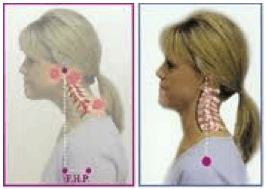 The normal alignment of the neck – when seen from the side – should be a convex curve (or lordosis). When the head moves forward, it gains additional weight as far as the neck and upper back muscles are concerned, as they have to work harder to keep the chin dropping to the chest. A prolonged forward head posture can pull the spine out of alignment, thus placing a lot of stress in the upper and lower part of the neck. These stresses can lead to a faster degeneration of the spine, as indicated by presence of disc herniation, spinal stenosis or nerve compression – medical conditions that causes pain in the neck.
The normal alignment of the neck – when seen from the side – should be a convex curve (or lordosis). When the head moves forward, it gains additional weight as far as the neck and upper back muscles are concerned, as they have to work harder to keep the chin dropping to the chest. A prolonged forward head posture can pull the spine out of alignment, thus placing a lot of stress in the upper and lower part of the neck. These stresses can lead to a faster degeneration of the spine, as indicated by presence of disc herniation, spinal stenosis or nerve compression – medical conditions that causes pain in the neck.
Most people are unaware that their neck pain could have been a computer-induced medical problem. By the time neck pain appears, degeneration or tissue damage has already occurred. However, there are exercises that can help to manage the problem.
One of them is Pilates – a body conditioning system that emphasize spinal alignment, breathing, developing a strong core, and improving balance and coordination. With forward head posture, Pilates focuses on stretching the tight muscles, and strengthening the weak muscles of the neck and upper back. However, it is the principles involved in Pilates – awareness, concentration, and breathing – to build good postural habits and provide longer term relief.

